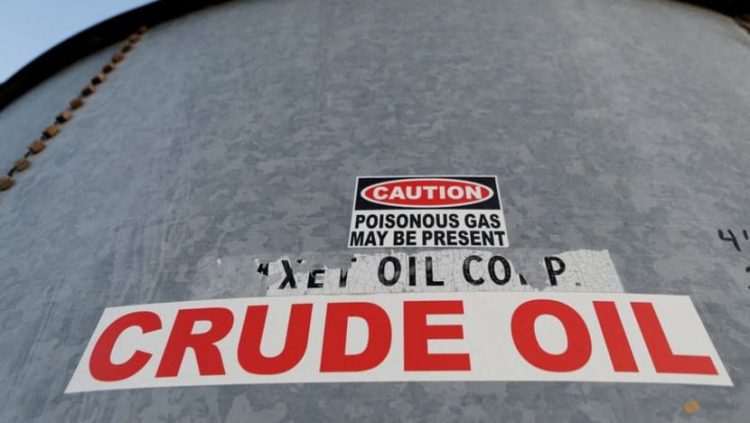© 2020 All rights reserved to Maaal Newspaper
Publisher: Maaal International Media Company
License: 465734
Oil prices inch higher as U.S. fuel inventories fall, dollar weakens
Oil prices recovered slightly on Wednesday as data pointed to firm fuel demand in the United States, providing respite after a 5% drop a day earlier on fear of demand suffering from increased China COVID-19 curbs and central bank interest rate hikes, Reuters reported.
U.S. West Texas Intermediate (WTI) crude futures jumped 85 cents, or 0.9%, to $92.49 a barrel at 0456 GMT, after sliding $5.37 in the previous session driven by recession fears.
Brent crude futures for October, due to expire on Wednesday, climbed 70 cents, or 0.7%, to $100.01 a barrel, trimming Tuesday’s $5.78 loss. The more active November contract was up 93 cents, or 1%, at $98.77 a barrel.
The price swings since the Ukraine conflict began six months ago have rattled hedge funds and speculators and thinned trading, which in turn has made the market whipsaw even more, as seen on Tuesday.
“I can’t stress, the low liquidity means we’re in for some volatile moves,” said Commonwealth Bank commodities analyst Vivek Dhar.
Supporting market sentiment on Wednesday, data from the American Petroleum Institute (API) showed gasoline inventories fell by about 3.4 million barrels, while distillate stocks, which include diesel and jet fuel, fell by about 1.7 million barrels for the week ended Aug. 26 [API/S].
The drawdown in gasoline stockpiles was nearly triple the 1.2 million barrel drop that eight analysts polled by Reuters had expected on average. For distillate inventories they had expected a drop of about 1 million barrels.
However API data showed crude stocks rose by about 593,000 barrels, against analysts’ estimates of a drop of around 1.5 million barrels.
A slightly weaker U.S. dollar also shored up the market, with oil consequently being cheaper for buyers holding other currencies.
Price gains were capped by worries that some of China’s biggest cities – from Shenzhen to Dalian – are imposing lockdowns and business closures to curb COVID-19 at a time when the world’s second-biggest economy is already experiencing weak growth.
Related
اقرأ المزيد







